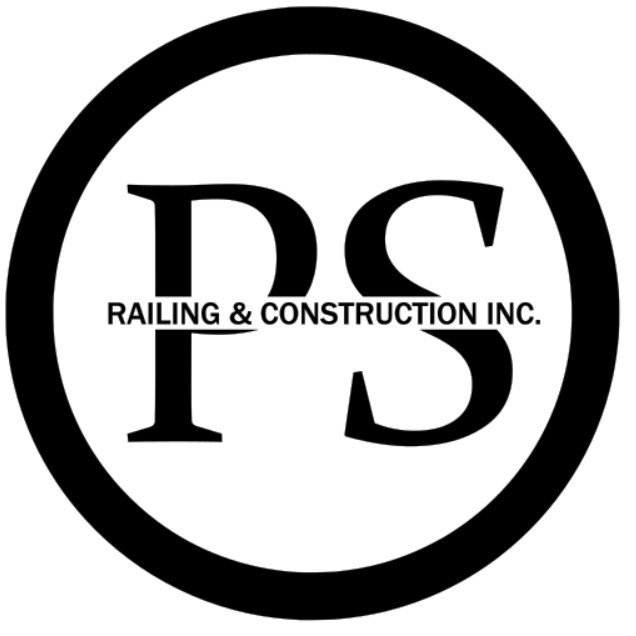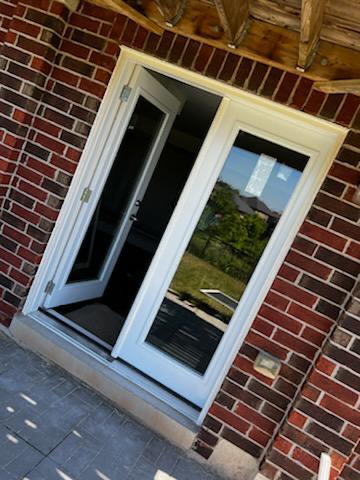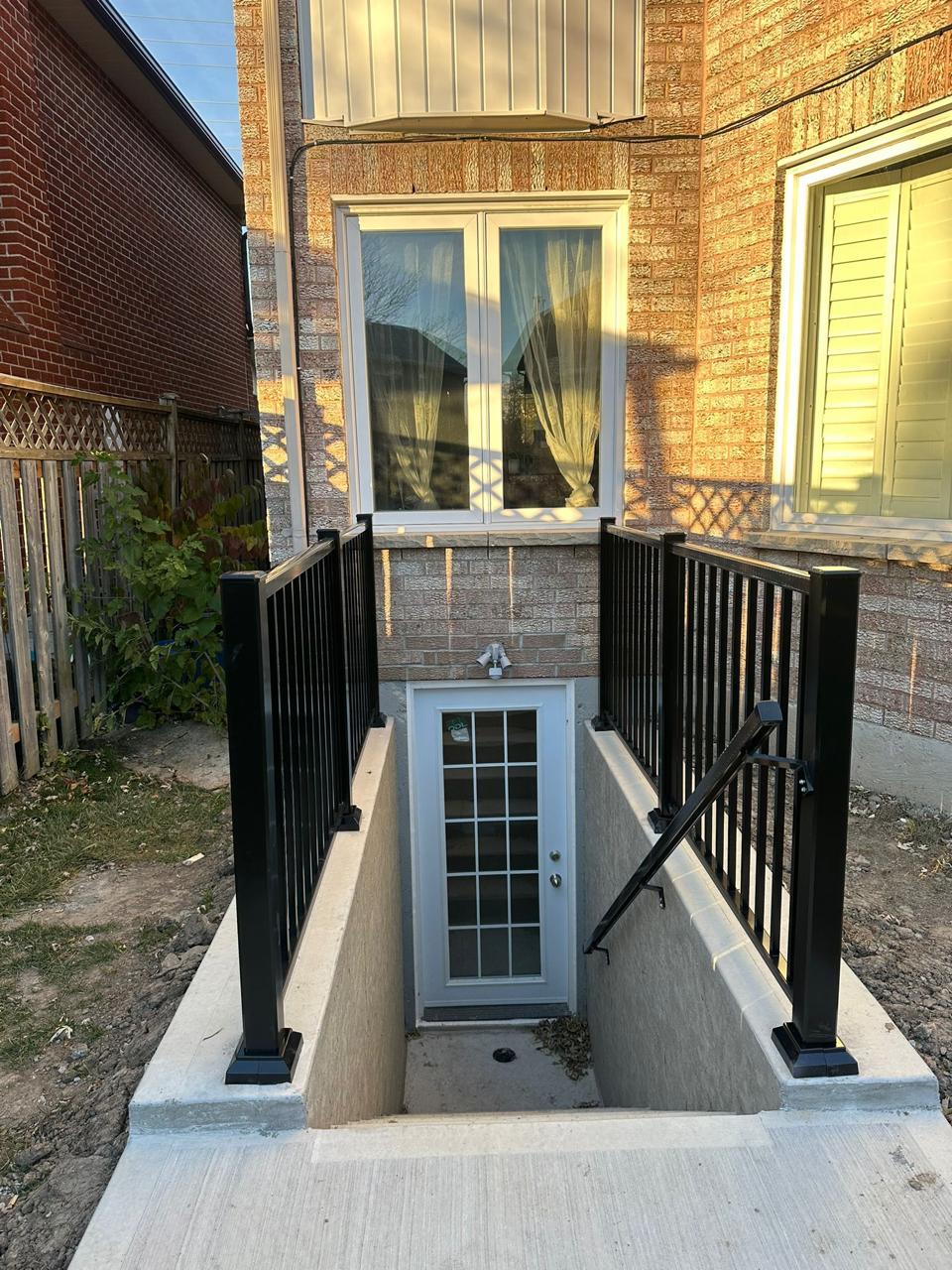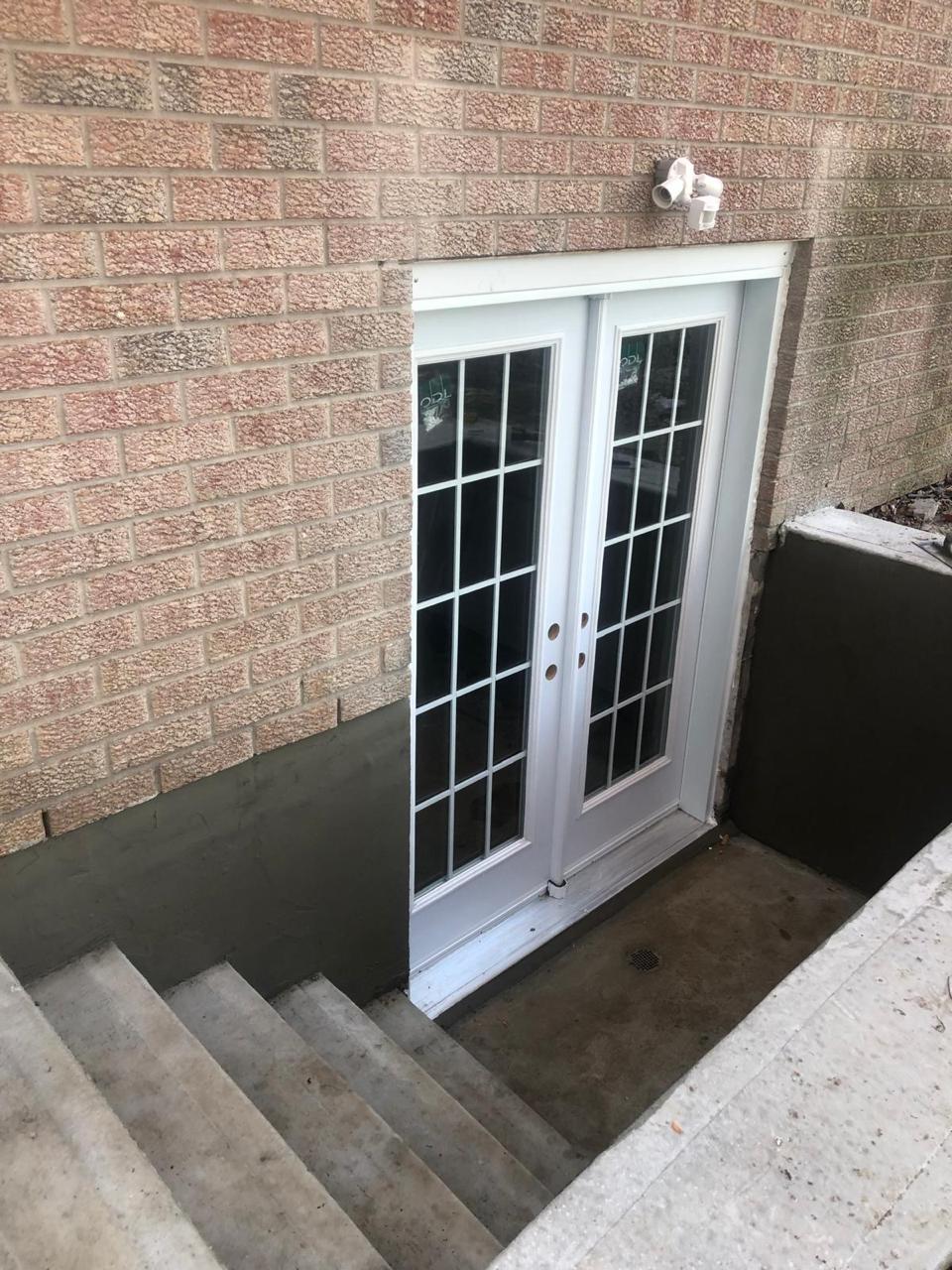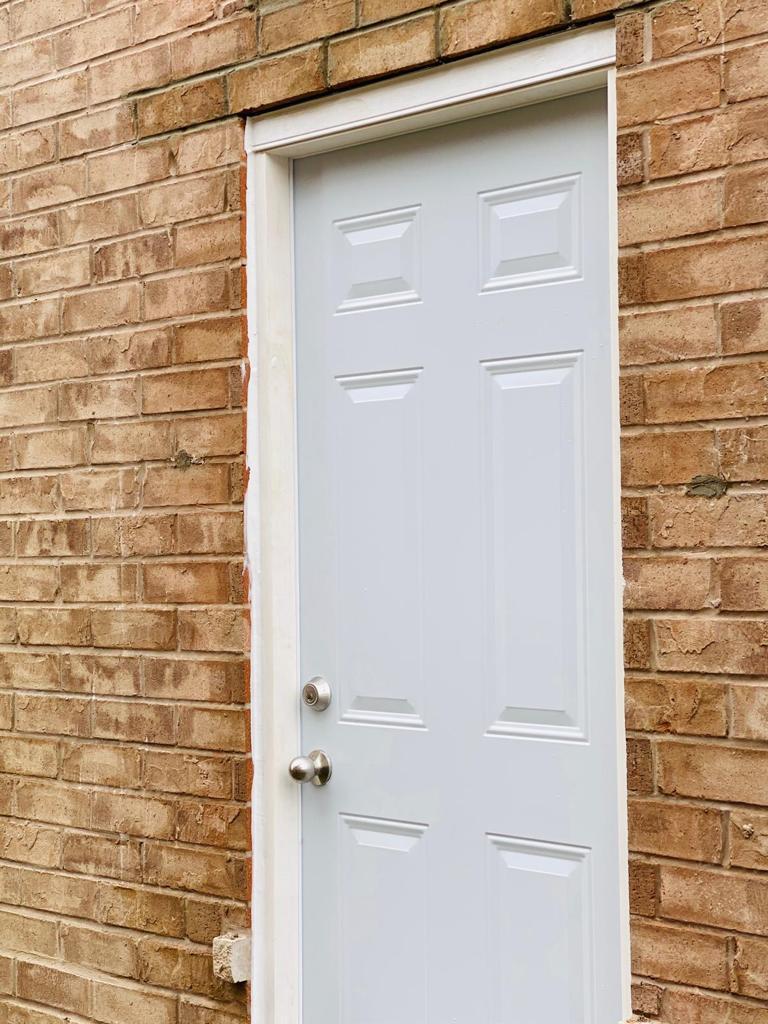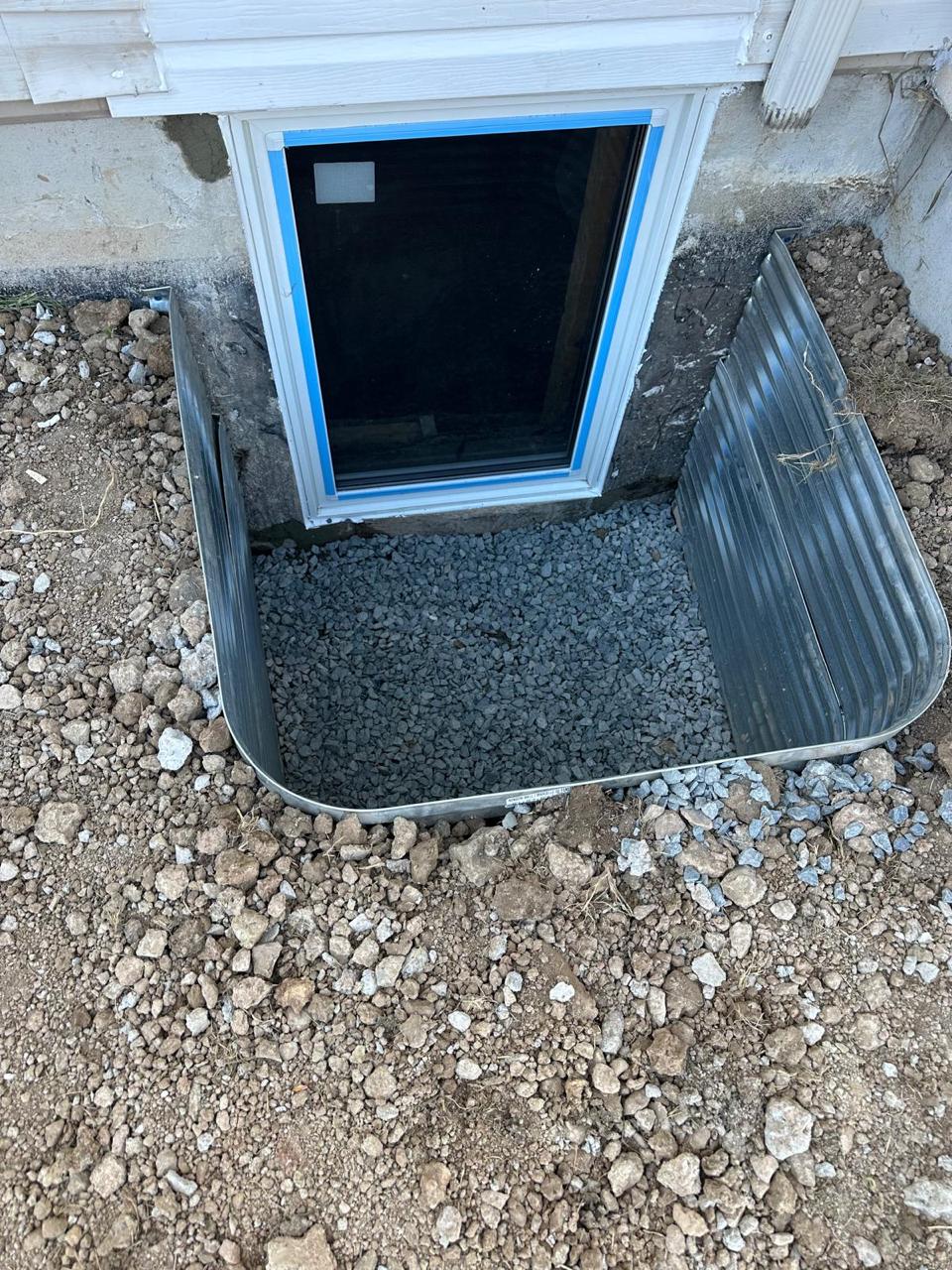
Interior railings serve as more than just safety features — they’re architectural elements that define your home’s character while protecting your family. For Ontario homeowners seeking to enhance both the functionality and aesthetic appeal of their living spaces, interior railing installation represents one of the most impactful home improvements you can make.
Whether you’re updating a dated staircase, securing a loft area, or adding visual interest to an open floor plan, the right interior railings can completely transform your space. Modern homeowners have access to an unprecedented variety of materials, styles, and customization options that make it easier than ever to find the perfect match for your home’s design.
The key to successful interior railing installation lies in understanding your options, choosing quality materials, and deciding between professional installation versus DIY approaches. This comprehensive guide will walk you through everything you need to know about interior railing installation in Ontario, from material selection to maintenance requirements.
Why Interior Railings Matter More Than You Think
Interior railings provide essential safety benefits that extend far beyond basic fall prevention. They offer crucial support for individuals with mobility challenges, elderly family members, and young children navigating stairs or elevated areas. The psychological comfort that comes from having sturdy railings cannot be understated — they provide confidence and stability that allows everyone to move freely through your home.
From a design perspective, interior railings act as visual anchors that help define spaces and create flow between different areas of your home. They can serve as room dividers in open-concept layouts, highlight architectural features like curved staircases, or simply add a touch of elegance to otherwise plain areas.
The financial benefits are equally compelling. Quality interior railing installation can significantly increase your home’s resale value while improving its overall marketability. Potential buyers often view updated railings as a sign that the home has been well-maintained and thoughtfully designed.
Exploring Interior Railing Materials and Styles
Glass Railings: Modern Elegance
Glass railings have become increasingly popular among Ontario homeowners who want to maintain open sightlines while ensuring safety. These systems typically feature tempered or laminated glass panels supported by metal or wooden frames. The transparency of glass railings makes spaces feel larger and brighter, making them particularly valuable in smaller homes or areas with limited natural light.
The maintenance requirements for glass railings are surprisingly minimal. Regular cleaning with standard glass cleaners keeps them looking pristine, and the durability of modern tempered glass means they can withstand significant impact without compromising safety.
Metal Railings: Strength Meets Style
Metal railings offer unparalleled durability and design versatility. Aluminum railings resist corrosion and require minimal maintenance, making them ideal for high-traffic areas. Steel options provide maximum strength and can be powder-coated in virtually any color to match your décor.
The customization possibilities with metal railings are virtually limitless. You can choose from sleek, minimalist designs that complement contemporary homes or ornate, decorative styles that enhance traditional architecture. Metal railings also integrate seamlessly with other materials like glass or wood for hybrid designs.
Wood Railings: Timeless Warmth
Wood railings bring natural warmth and texture to interior spaces. Popular species include oak, maple, cherry, and pine, each offering distinct grain patterns and color variations. Wood railings can be stained to match existing trim and flooring or painted to create bold design statements.
The versatility of wood allows for both simple, clean-lined designs and elaborate turned spindles or carved details. However, wood railings require more maintenance than metal or glass options, including periodic refinishing to maintain their appearance and protect against wear.
Professional Installation vs. DIY: Making the Right Choice
When Professional Installation Makes Sense
Interior railing installation in Ontario requires adherence to specific building codes and safety standards. Professional installers bring expertise in local regulations, ensuring your railings meet all height, spacing, and load-bearing requirements. This knowledge is particularly valuable for complex installations involving curved staircases, multiple levels, or custom configurations.
Professional installers also have access to specialized tools and materials that may not be readily available to homeowners. They can handle challenging installations that require precise measurements, structural modifications, or integration with existing architectural features.
Companies like PS Railing & Construction bring years of experience to interior railing projects, offering customizable designs and professional installation services that ensure both safety and aesthetic excellence.
DIY Considerations
Simple interior railing installations, such as replacing existing railings with similar configurations, may be suitable for experienced DIY enthusiasts. However, even seemingly straightforward projects can involve unexpected complications like uneven floors, irregular wall angles, or hidden structural elements.
Before attempting DIY interior railing installation, carefully assess your skill level, available tools, and local building code requirements. Many Ontario municipalities require permits and inspections for railing installations, particularly those involving structural changes.
Maintenance and Care for Long-Lasting Beauty
Glass Railing Maintenance
Glass railings require regular cleaning to maintain their clarity and visual appeal. Use ammonia-free glass cleaners and microfiber cloths to prevent streaking. Pay special attention to the connection points where glass meets the frame, as these areas can accumulate dirt and moisture.
Inspect the mounting hardware periodically to ensure all connections remain secure. Loose fasteners should be tightened promptly to maintain the structural integrity of the railing system.
Metal Railing Care
Metal railings benefit from regular dusting and occasional cleaning with mild soap solutions. Avoid abrasive cleaners that can damage powder-coated finishes. For aluminum railings, check for any signs of oxidation and address them promptly with appropriate cleaning products.
Inspect all joints and connections annually, tightening any loose hardware and replacing worn components as needed. This proactive approach prevents minor issues from becoming major problems.
Wood Railing Maintenance
Wood railings require the most intensive maintenance among the various material options. Dust regularly and clean with wood-appropriate cleaners that won’t damage the finish. Depending on usage and environmental conditions, wood railings may need refinishing every three to five years.
Monitor for signs of wear, scratches, or water damage, addressing issues promptly to prevent more extensive problems. Regular maintenance preserves both the appearance and structural integrity of wood railings.
Understanding Interior Railing Installation Costs
Several factors influence the cost of interior railing installation in Ontario. Material selection represents the most significant variable, with basic wood systems starting at the lower end of the price spectrum and custom glass or high-end metal designs commanding premium prices.
Installation complexity also affects pricing. Straight runs cost less than curved or multi-level installations. Custom designs, special finishes, and integration with existing architectural features add to the overall investment.
Labor costs vary based on the installer’s experience and reputation. While it might be tempting to choose the lowest bid, remember that quality installation is crucial for both safety and longevity. Investing in experienced professionals like PS Railing & Construction often provides better long-term value through superior craftsmanship and warranty coverage.
Consider the total cost of ownership when evaluating options. While glass or high-quality metal railings may cost more initially, their lower maintenance requirements can make them more economical over time compared to materials that require frequent refinishing or replacement.
Elevating Your Space with Professional Interior Railings
Interior railing installation represents a smart investment in your Ontario home’s safety, functionality, and aesthetic appeal. The right railings enhance your daily living experience while adding lasting value to your property.
Success depends on choosing appropriate materials for your lifestyle and décor preferences, working with experienced professionals who understand local building codes, and committing to proper maintenance practices. Companies like PS Railing & Construction offer the expertise and craftsmanship needed to ensure your interior railing project exceeds expectations.
Take the first step toward transforming your home by consulting with railing professionals who can help you explore your options and develop a custom solution that perfectly fits your space and budget. Your investment in quality interior railings will provide years of safety, beauty, and satisfaction for your family.
FAQs
Ontario building codes require interior railings to be at least 42 inches high for guardrails and 34-38 inches for handrails. Spindle spacing must not exceed 4 inches to prevent small children from getting stuck. All railings must be able to withstand specific load requirements to ensure safety.
Most interior railing installations can be completed within 1-3 days, depending on the complexity of the project. Simple replacements may take just a few hours, while custom installations with multiple levels or complex configurations may require several days. Professional installers will provide detailed timelines during the planning phase.
Yes, interior railings can be installed in homes with radiant floor heating systems. Professional installers use specialized techniques and mounting methods that avoid damaging heating elements while ensuring secure installation. It’s essential to inform your installer about any underfloor systems before beginning the project.
